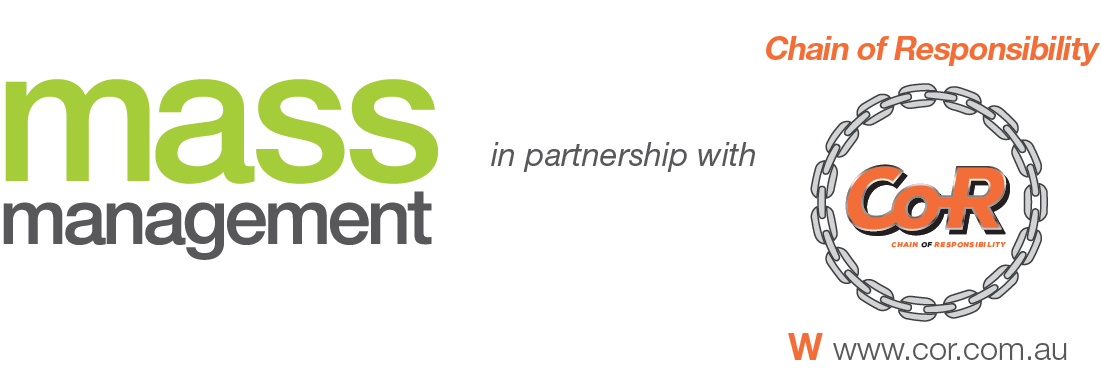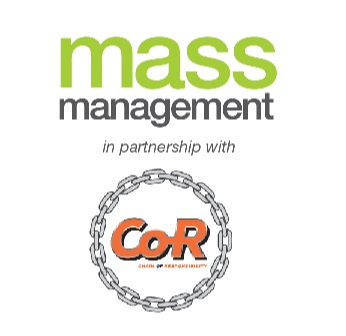Smart OBM and Telematics Monitoring Platform in Victoria
In line with the May announcement from The Victorian Department of Transport (DoT), that the fitment of On Board Mass Systems (OBM) for PBS HPFV combinations will be required to be fitted and operating by the 1st of November 2021, I have put together some information below that explains the new requirements scheduled for November. The link below contains additional information as well, if you’re not sure if you own/operate a HPFV combination please read the Info Sheet – “High Productivity Freight Vehicle Networks”.
Smart OBM and Telematics Monitoring Platform in Victoria
The Victorian Government is updating the telematics requirements for high-productivity freight vehicles (HPFV) to include smart on-board mass (OBM) systems. It is also offering an alternative to Intelligent Access Program (IAP) for HPFV and mobile crane operators.
The changes will broaden HPFV access to the network, deliver easier first-and-last-kilometre approval and reduce the need for permits, as well as provide greater protection for Victoria’s roads and bridges.
The changes will also give Victorian HPFV and mobile crane operators the option of upgrading to the new Telematics Monitoring Application (TMA) in lieu of IAP.
What is smart OBM?
Smart OBM systems generate mass data from vehicles in a standardised format which is collected by an Application Service Provider (ASP). ASPs are certified to supply these services through the National Telematics Framework, a government- endorsed digital business platform.
Information on approved suppliers can be found at https//tca.gov.au/smart-obm-systems/#smart-obm-table(External link).
On-Board Mass (OBM)
OBM systems measure the mass of axle groups and calculate the GCM of a vehicle. They are used to ensure the mass carried by the vehicle is within a range of compliance.
Transition period
From November 2021, it will be a requirement in Victoria for all HPFVs to be fitted with a category B or C certified OBM system that can be integrated with the IAP or TMA. After this date, vehicles without smart OBM will not have access to the HPFV network.
Combinations operating on the PBS Level 2B network at up to 68.5t GCM are not required to be fitted with OBM.
How do I sign up to smart OBM?
The National Heavy Vehicle Regulator has updated its IAP form to include enrolment for smart OBM and TMA.
What if I can’t meet the November 1 due date?
Provided you can show evidence of when your OBM system will be fitted, you can continue to operate on the network until that date.
Exemptions will also be granted where evidence can be furnished showing the operator’s current OBM provider is undertaking accreditation through TCA’s type-approval process.
What if I already have an OBM system?
Check with your OBM supplier to see whether your existing OBM can be upgraded to smart OBM.
Why the move to smart OBM?
Smart OBM will give road managers better data on how the network is being used by HPFV combinations.
By more easily identifying those bridges and structures doing the most work, smart OBM will aid in making more targeted investment decisions about the road network.
Smart OBM will also be an important driver of the decision to transition HPFV networks from pre- approved to a new gazette notice.
This will allow HPFVs to operate on the HPFV network without the need for a permit.
The rollout of smart OBM is also critical to Victoria’s plans to expand access for new HPFV configurations like B-triples and A-B triples.
Smart OBM availability
Four major suppliers have OBM systems type- approved by TCA. Other OBM suppliers are being progressed through the type-approval process.
Do I need to calibrate smart OBM?
OBM systems must be kept calibrated to meet access conditions. Your supplier will have a regular calibration schedule and can help you with keeping your OBM system calibrated.
Transport operators can also calibrate their own equipment provided they adhere to the manufacturer’s requirements.
What is TMA?
To coincide with the move to smart OBM, operators of HPFV and mobile cranes are being offered an alternative to IAP.
TMA is an application that monitors the location, time and identity of vehicles on the network. HPFV operators upgrading to TMA get the optional mass- monitoring feature which links to smart OBM.
What if I want to stick with IAP?
The change from IAP to TMA is entirely optional1. HPFVs will be allowed to access the gazetted network so long as they have smart OBM linked to either application.
The Department of Transport acknowledges that there will be operators who will prefer IAP and the application will remain as an option for the foreseeable future.
Further information on TMA(External link) and Smart OBM(External link) systems can be found on the TCA website.
Which Application Service Providers (ASP’s) support Smart OBM systems?
To participate in a scheme that uses a Smart OBM system, you also need a certified Application Service Provider that supports the OBM system. The following table shows which ASP works with a given supplier for Smart OBM systems (names are in alphabetical order).
The chart below displays the IAP/TMA application providers matched to their aligning OBM Supplier/s
There are additional OBM systems waiting final approval from TCA, which should soon be updated on the TCA website soon

